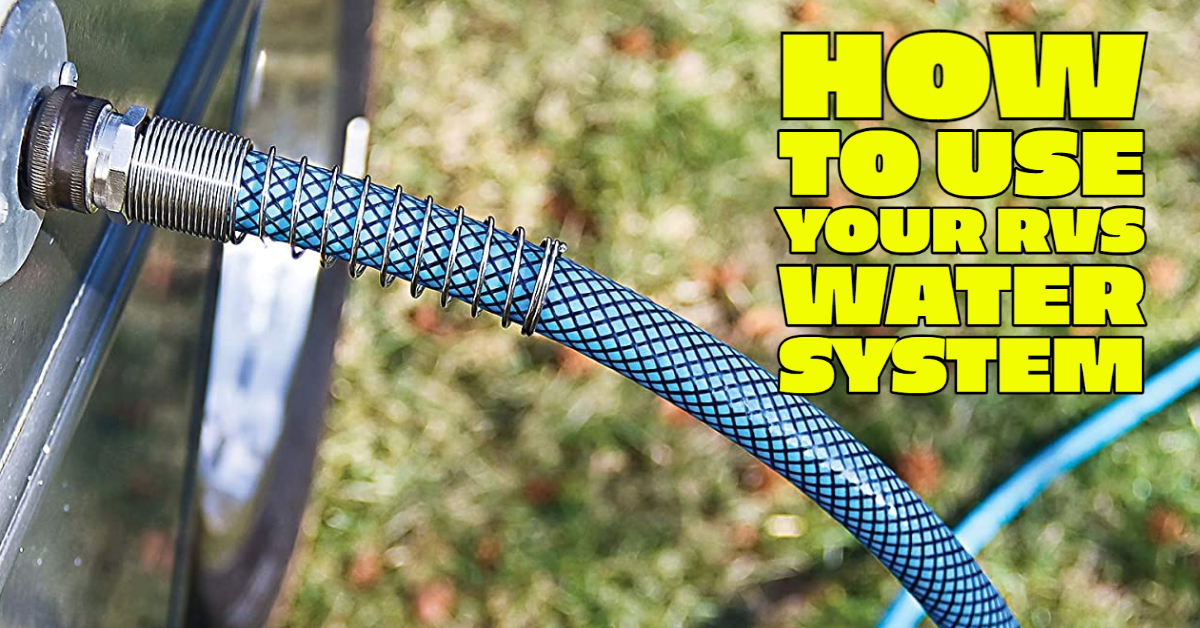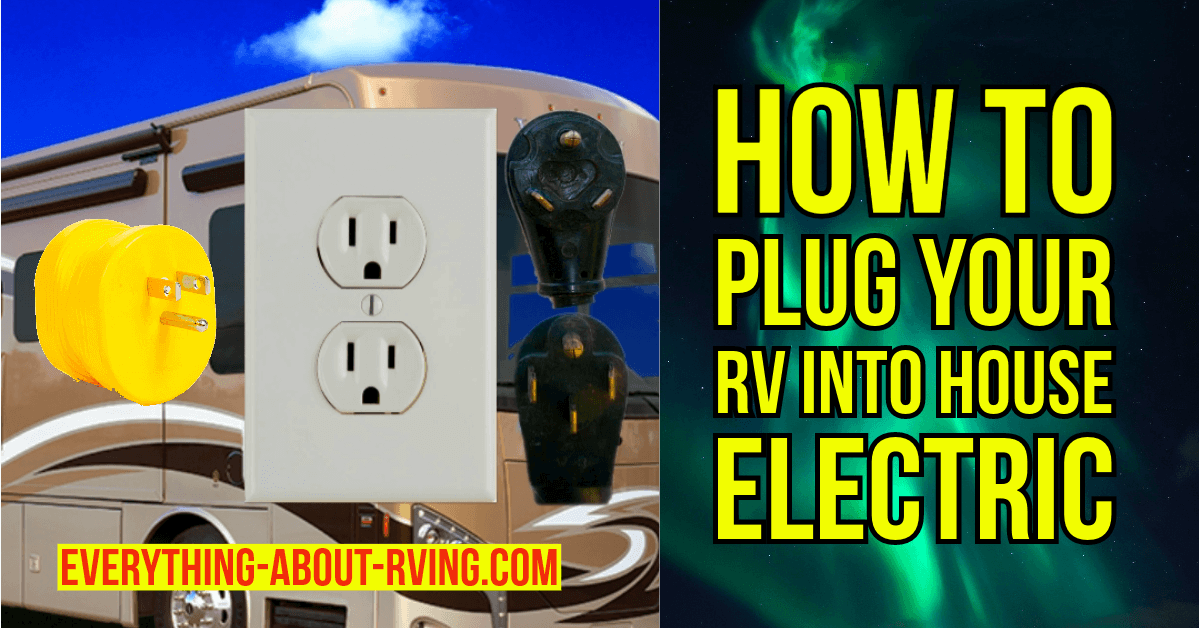- Home Page
- RVing Tips & Tricks
- Rvs Water System
How to Use Your RVs Water System
The main components of an RVs water system consist of three different tanks
An RV is a remarkable thing, a tiny self-contained apartment on wheels that has the potential, at least, to offer all the comforts of home. Running water may be something you ordinarily take for granted, but it is a luxury in an RV. You have to take several steps before you can expect water to come out when you turn on a faucet or flush the toilet. Here is a brief guide to using the water system in your RV.
Learn About the Different Components
The main components of an RVs water system consist of three different tanks. The water that comes out of the shower and the sink is held in the freshwater tank until needed. You have to fill the freshwater tank up periodically from compatible hookups. The contents go to the black water tank when you flush the toilet. Then the water goes down the drain during your shower or from draining your bathroom or kitchen sink. This is called gray water and goes into the graywater tank. The black and graywater tanks have to be emptied periodically. So that you can take hot showers, the RV has a water heater that needs to be turned on. If your RV is not hooked up to city water, you will also have to turn on the RV's water pump.
Get the Right Hoses and Learn to Use Them Correctly
To connect your RV to the proper hookups to fill your freshwater tank and empty the others, you need three different hoses, one for each Tank. Be sure that the connection is secure with no leaks whenever you connect to a hookup. Otherwise, you might have to have water extraction to repair the damage to your camper.
It is important to get the correct type of hose for your freshwater tank. You need one with certification attesting that it is safe for potable water. A washing machine hose or garden hose may leach chemicals into the water, which can not only give it a funny taste but could make you sick. The types of hoses that you use for the other two tanks are less important, but it is critical that you not mix them up with the freshwater hose. An excellent way to prevent this is to choose different colors for each Tank according to a code that tells you which is which. The Blackwater/Greywater tank holds wastewater, so the hose should be black or red. The freshwater tank hose should be white or blue.
Don't Overfill the freshwater Tank
Your camper comes equipped with a gauge that monitors the water level in the freshwater, greywater, and blackwater tanks. Use this gauge to determine when the Tanks are full. If the freshwater tank is low, you should refill it. If the greywater or blackwater tanks are full, you will need to empty them.
Drain Tanks Safely
While the RV has tanks for blackwater and greywater, along with a designated hose for each, drain the blackwater tank first, connecting the hose first to the sewer hookup and then to the appropriate Tank on your RV. Wear a pair of rubber gloves to prevent the contaminated water from getting on your hands, and rinse both tanks to clean them when you are done.
Conclusion
It takes a little effort to keep your RV's water system operating correctly, but every time you turn on a faucet or flush the toilet, it will be worth it.



